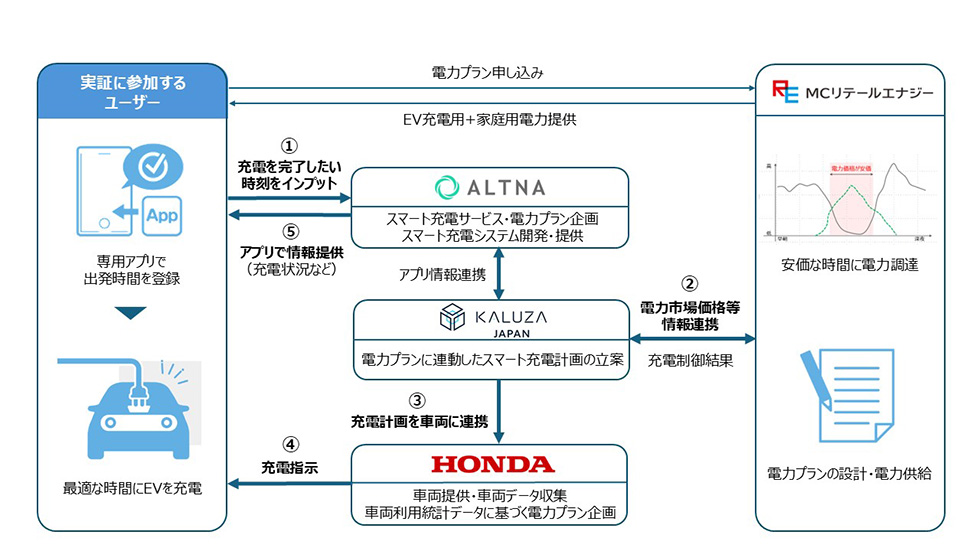2024-12-10 インペリアル・カレッジ・ロンドン(ICL)
<関連情報>
- https://www.imperial.ac.uk/news/259154/shape-changing-device-helps-people-with-visual/
- https://www.nature.com/articles/s41598-024-79845-7
視覚障害のための形状変化する触覚ナビゲーションインターフェース A shape-changing haptic navigation interface for vision impairment
Robert Quinn,Stephen Murtough,Henry de Winton,Brandon Ellis-Frew,Sebastiano Zane,Jonathan De Sousa,Theofilos Kempapidis,Renata S. M. Gomes & Adam J. Spiers
Scientific Reports Published:10 December 2024
DOI:https://doi.org/10.1038/s41598-024-79845-7

Abstract
Individuals with visual impairment (VI) require aids such as white canes and guide dogs to navigate their environments. Modern localisation technologies have the capacity to transform the way individuals with VI navigate surroundings, but they have yet to do so. A critical barrier is the inability of human–machine interfaces to communicate precise navigation instructions non-visually. We present a shape changing haptic interface (Shape) that provides spatial guidance in two dimensions via bending of its body. Individuals with VI and sighted individuals were recruited to locate virtual targets in 3D space using Shape and vibration feedback (Vibration), and sighted individuals were also asked to visually locate targets. Throughout, device orientation and position were tracked in real-time using a virtual reality system. Individuals with VI located targets significantly faster and more efficiently using Shape, than with Vibration, and there were no significant differences in time or efficiency between Shape and natural vision. Moreover, participants scored Shape significantly more positively than Vibration in a Likert user experience survey, while no significant differences were observed between Shape and natural vision. Here, we provide compelling evidence for the application of a new shape-changing haptic interface as part of an effective future digital navigation system for individuals with VI.



